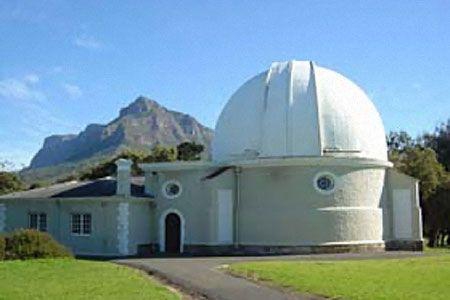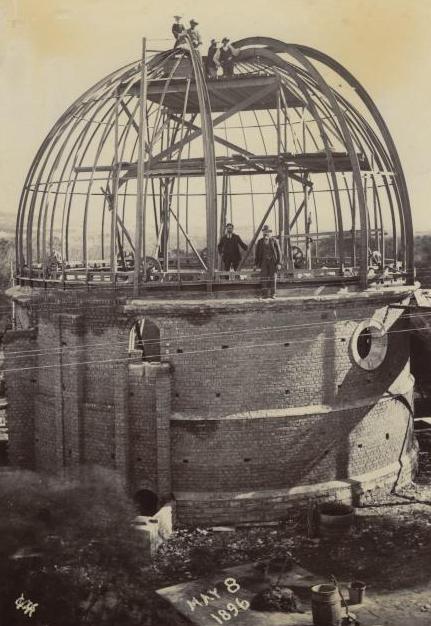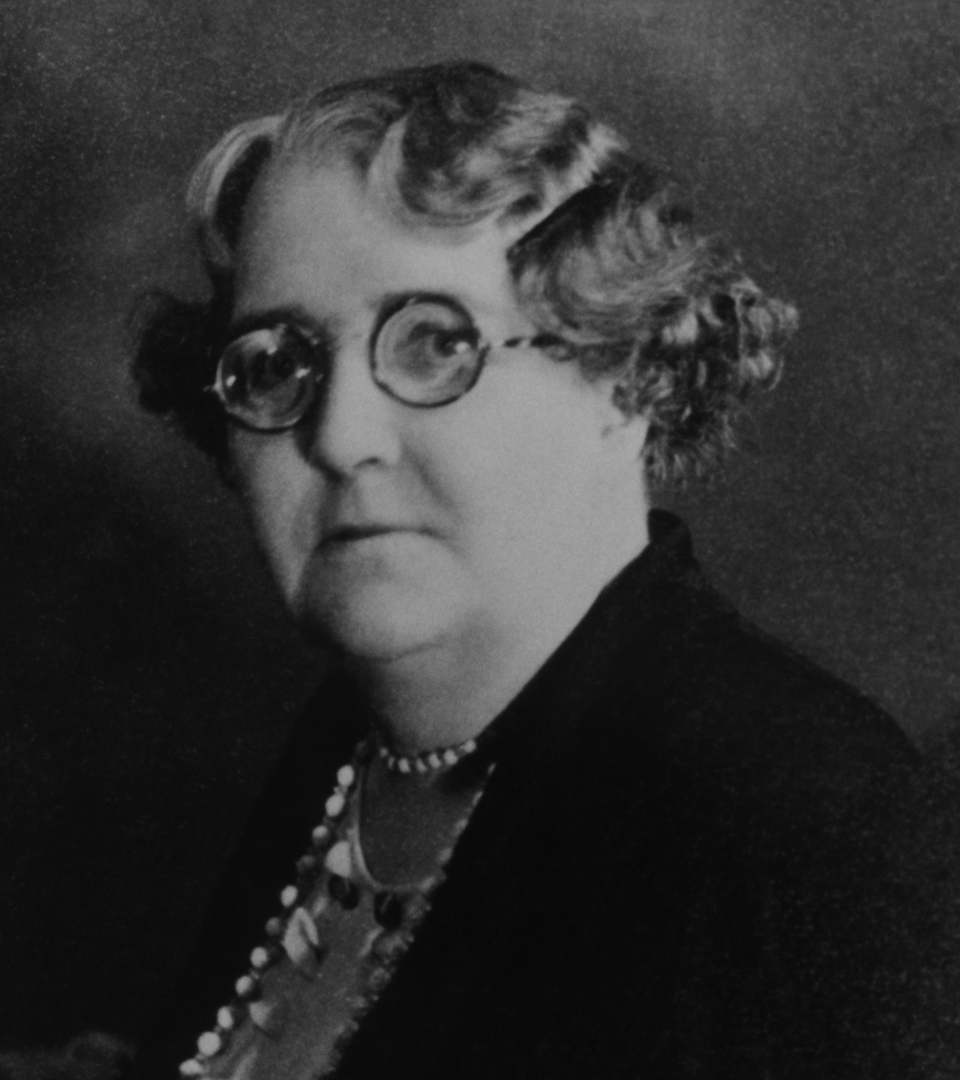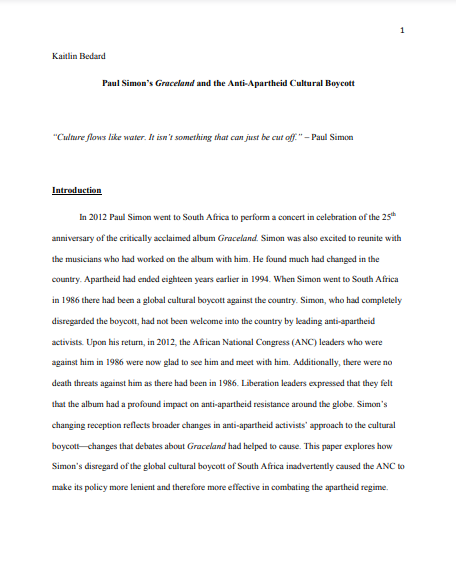The South African Astronomical Observatory celebrates 200 years of its existence

On 20 October 1820, the Royal Observatory Cape of Good Hope, which became known as the South African Astronomical Observatory (SAAO) was founded. It is the oldest scientific institution in the country. The institution was formally controlled by the British Admiralty. Its purpose was to observe the southern skies and to provide a time service for ships passing Cape Town harbour. The Observatory is known for its history and its immense contribution to positional astronomy in the southern hemisphere. Besides, its buildings are regarded for their special architectural significance.
Celebrating 200 years of the South African Astronomical Observatory by Karel van der Vyver (Daily Maverick), 16 October 2020

Perched on the outskirts of Observatory in Cape Town, just above the Black River, stands the South African Astronomical Observatory; initially known as the Royal Observatory, Cape of Good Hope, it has multiple telescopes, a museum, a mechanical workshop that can “build, maintain and support the various instruments used on telescopes in Sutherland”, and a library.
Now, the observatory is turning 200, and on the day of our visit, the place is bustling with people busy sanding the inside of the building, painting walls, and preparing the observatory ahead of the celebrations.
Delgoa Bay Now Known as Maputo Bay, Mozambique
South African Royal Astronomical Observatory, Cape Town
Dal Josafat, Paarl
The name is of biblical origin, also spelled: "Dal Josafat or Dal Josaphat".
Dal Josafat has an interesting and varied selection of Buildings dating from the 18th Century. This beautiful Area along the road from Paarl to Wellington was settled for the most part by Huguenots. The original Farm of Dal Josafat, now named: "Roggeland", is the oldest in the Area. The farmlands were granted to Peter Buck of Lübeck in 1692, but it was Andries Bernardus du Toit who, in 1780, built the recently restored H-shaped gabled Houses.
'Kleinbosch' was built in 1792 by Guillaume du Toit, on land granted to his grandfather, Francois, one hundred Years before. Kleinbosch has close connections with the Afrikaans language and its origins. It was the birthplace of Stephanus Jacobus du Toit who later, when he became a minister of religion and a journalist, founded and led the Afrikaans Language Movement, 'Die Genootskap van Regte Afrikaners'. Stephanus' elder brother, Daniel Francois, later became editor of the Movement's journal, 'Die Afrikaanse Patriot'. Another member of the group to be connected with Kleinbosch was Petrus Jacobus Malherbe, who bought the property in 1880. A year later his son Daniel Francois was born there, and grew up to be a prominent writer and leader in Afrikaans cultural matters. The Farm School where several of these eminent men were educated is situated at Kleinbosch, as is the Huguenot Cemetery.
Mabel Palmer
Dr Mabel Palmer (nee Mabel Atkinson) was born on 22 May 1876 near Stocksfield in Northumberland, England. Her father, J.B. Atkinson, was a mine inspector, and her mother, Jane Atkinson, a militant suffragette. Her mother’s activism most likely had an impact on young Palmer, who would later become a prominent feminist campaigner.

